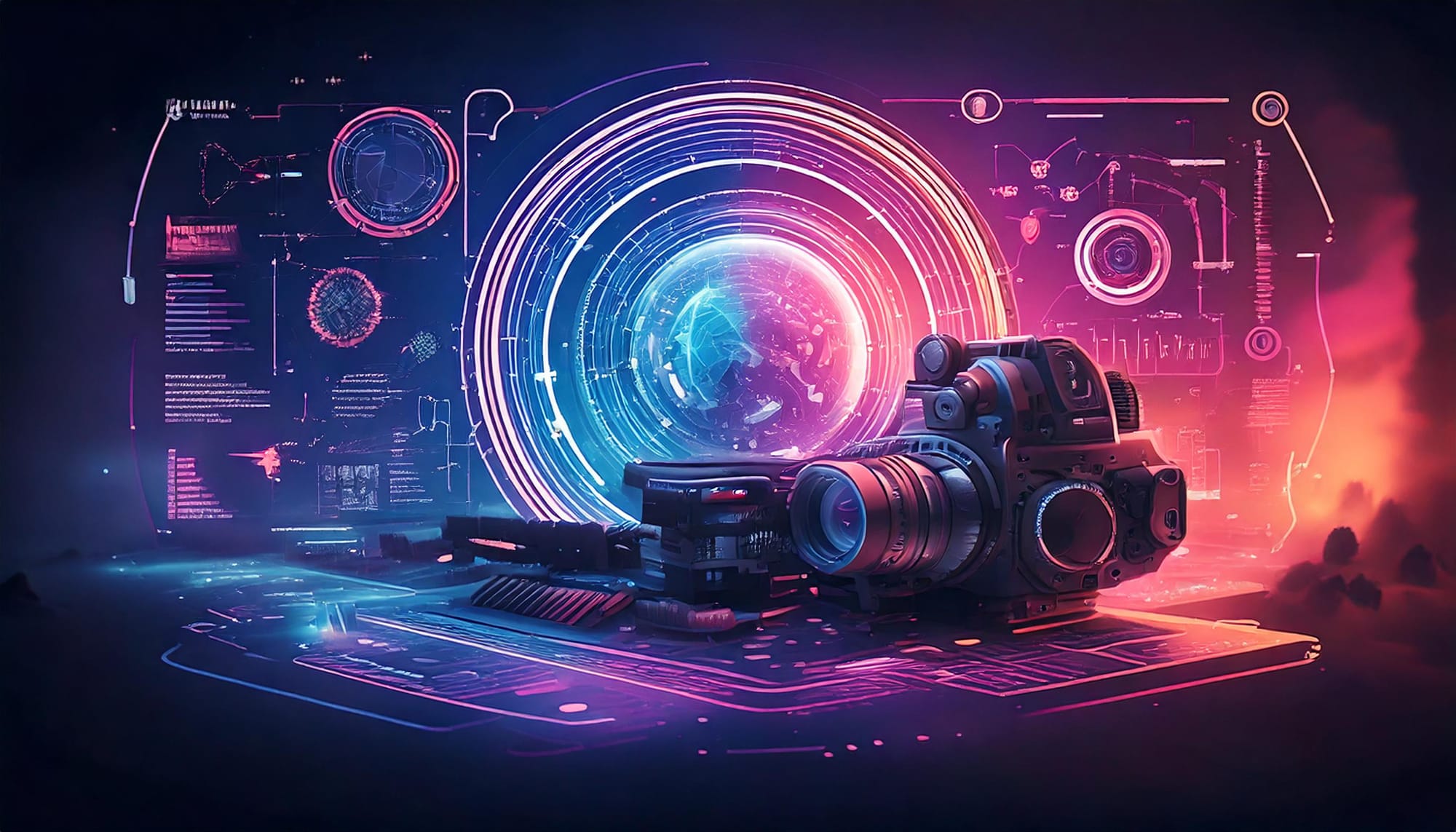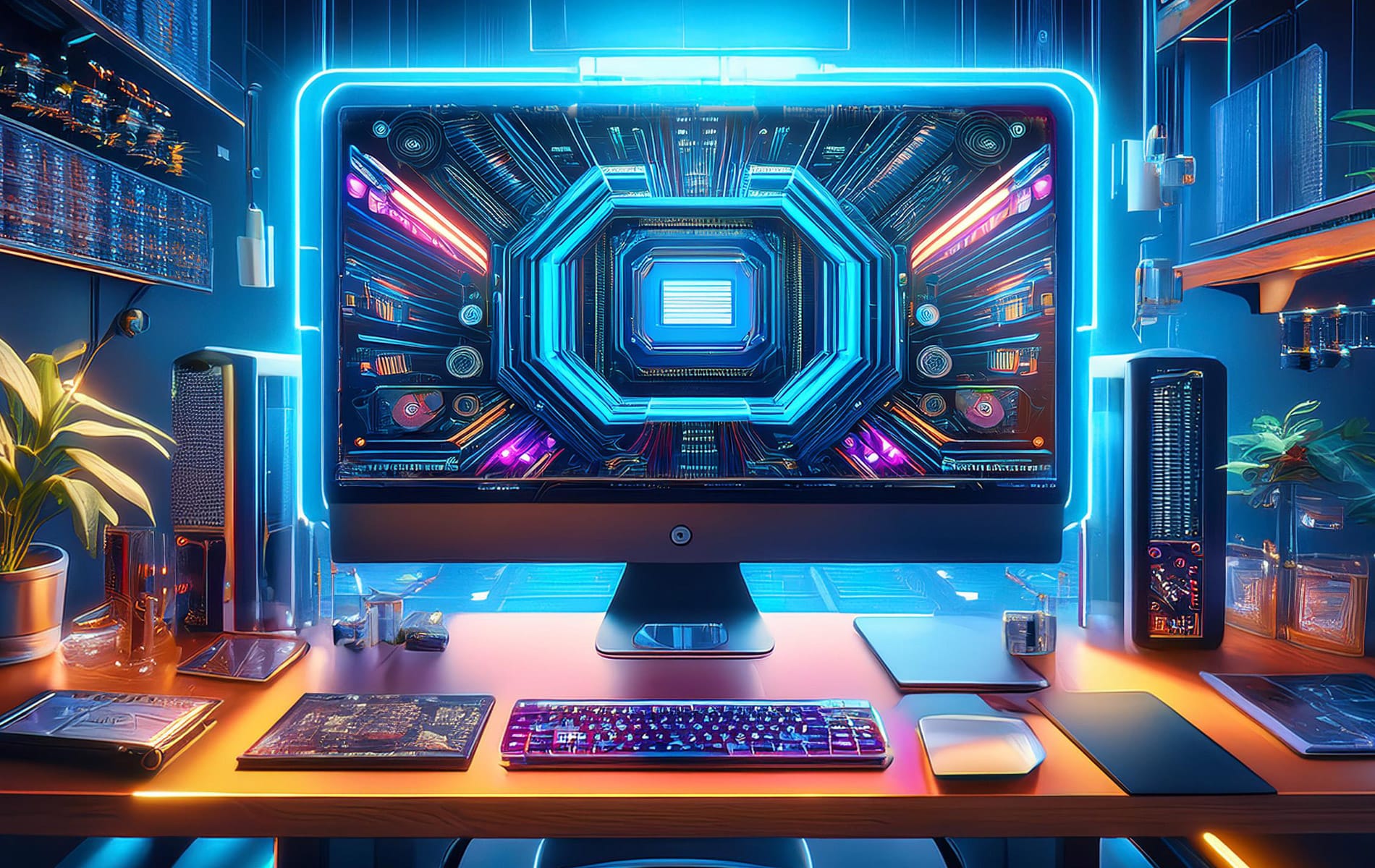Photoshop is the undisputed king of digital image manipulation. A powerful tool capable of bringing even the most ambitious creative visions to life. However, as our projects grow and files get larger, even the most powerful computers can struggle. Slow loading times, laggy brushes, and the spinning beach ball can kill our creativity and halt our workflow. But fear not. Many ways exist to optimize Photoshop's performance and unleash its full potential.
Immediate Performance Boosters:
Before we dive into Photoshop's settings, let's try some quick fixes. They can boost performance right away.
- Purge the Memory Hogs: Photoshop, like a hoarder, saves too much data in its history and clipboard. This data is useful for undoing actions and pasting elements. But it can consume valuable memory at a rapid rate. To free up this memory, go to Edit > Purge > All. Think of this as a digital spring cleaning. It will sweep away the cobwebs and let Photoshop breathe.
- Manage Your Scratch Disks: Photoshop uses scratch disks for temporary storage. They hold data that doesn't fit in RAM. If your primary drive is running low on space, Photoshop's performance can suffer. To ensure smooth sailing, head over to Photoshop > Preferences > Scratch Disks. Allocate additional drives, preferably fast SSDs, for Photoshop's temp files.

Optimizing Photoshop Preferences:
Now that we've cleared the clutter, let's optimize Photoshop's prefs for performance.
- Allocate RAM Like a Master Chef: Photoshop is a resource-hungry beast. It requires a significant amount of RAM for optimal performance. You can control how much RAM Photoshop can access in the Preferences > Performance menu. Increase the percentage for Photoshop, but don't exceed 90%. This can starve other apps of their vital memory. Try different percentages (e.g., 70%, 75%, 80%). Find the best balance between Photoshop's hunger and your other programs' needs.
- Embrace Your GPU's Power: Modern computers have powerful graphics cards (GPUs). They're designed to handle image processing. To harness this power, ensure that the "Use Graphics Processor" option is checked in the Preferences > Performance menu. This allows Photoshop to offload some of its workload to the GPU, freeing up the CPU for other tasks and resulting in smoother performance.
- Find the History Sweet Spot: Photoshop's history feature is a lifesaver. It lets us undo multiple steps and rewind our creative process. However, each history state consumes memory, and too many can bog down performance. In the Preferences > Performance menu, you can adjust the number of history states. Many history states allow for more flexibility. But, 15-20 states strike a balance between undo ability and memory use.
- Cache Levels and Tile Size: The Fine Print: Photoshop uses a cache system to store image data for faster access. The cache levels control the image data stored in memory. The cache tile size determines the chunk size that Photoshop uses to process images. For most users, sticking with the default settings in the Preferences > Performance menu will suffice. If you often work with very large or complex images, try different cache settings. They might improve performance.
- Multi-thread Composition: Teamwork Makes the Dream Work. Modern CPUs have multiple cores. Each can process information at the same time. Enabling Multi-thread Composition in Preferences > Performance lets Photoshop use all cores. This speeds up complex tasks. It's like having a team of expert chefs prepare your digital feast. Not a single chef struggling to keep up with the orders.
- Restart to Seal the Deal: After making any changes to your Photoshop preferences, it's crucial to restart the program for them to take effect. On Windows systems, you may need to restart your computer to ensure the changes are fully implemented. Think of this as rebooting your creative engine, ensuring all systems are running at peak efficiency.
ADVERTISING
Advanced Performance Techniques:
For those with complex projects, a few advanced techniques can boost Photoshop's performance:
- Smart Objects: Taming the Layer Beast. Layers are the building blocks of Photoshop. But, too many can cause performance issues. Enter Smart Objects – a powerful feature that allows you to convert multiple layers into a single, self-contained object. This improves performance. It also allows non-destructive editing. You can still access and edit the individual layers in the Smart Object.
- Font and Brush Management: Declutter for Speed. A large library of fonts and brushes can be tempting. But, too many unused ones can clog up Photoshop's system and slow it down. Please, uninstall any unused fonts and brushes. This frees up resources and helps Photoshop run better.

Troubleshooting Persistent Performance Issues:
If, despite your best efforts, Photoshop continues to be sluggish, a few troubleshooting steps might help:
- Rewind to a Previous Version: Sometimes, bugs or compatibility problems in a specific version of Photoshop cause performance issues. The Creative Cloud app lets you install older versions of Photoshop. This may fix some bugs in the latest version.
- The Nuclear Option, Resetting Preferences: As a last resort, reset Photoshop's preferences to their default settings. This can be helpful if corrupted preferences are causing performance issues, but be warned: it will erase all your custom settings.
Conclusion:
These tips can make Photoshop a fast, efficient tool. It will be a nimble, creative companion instead of a lumbering behemoth. Remember, optimizing performance is ongoing. It's key to fine-tune settings based on your needs and projects. Now, go forth and create without limits!

Try Photoshop and all Creative Cloud apps free for 7 days.











